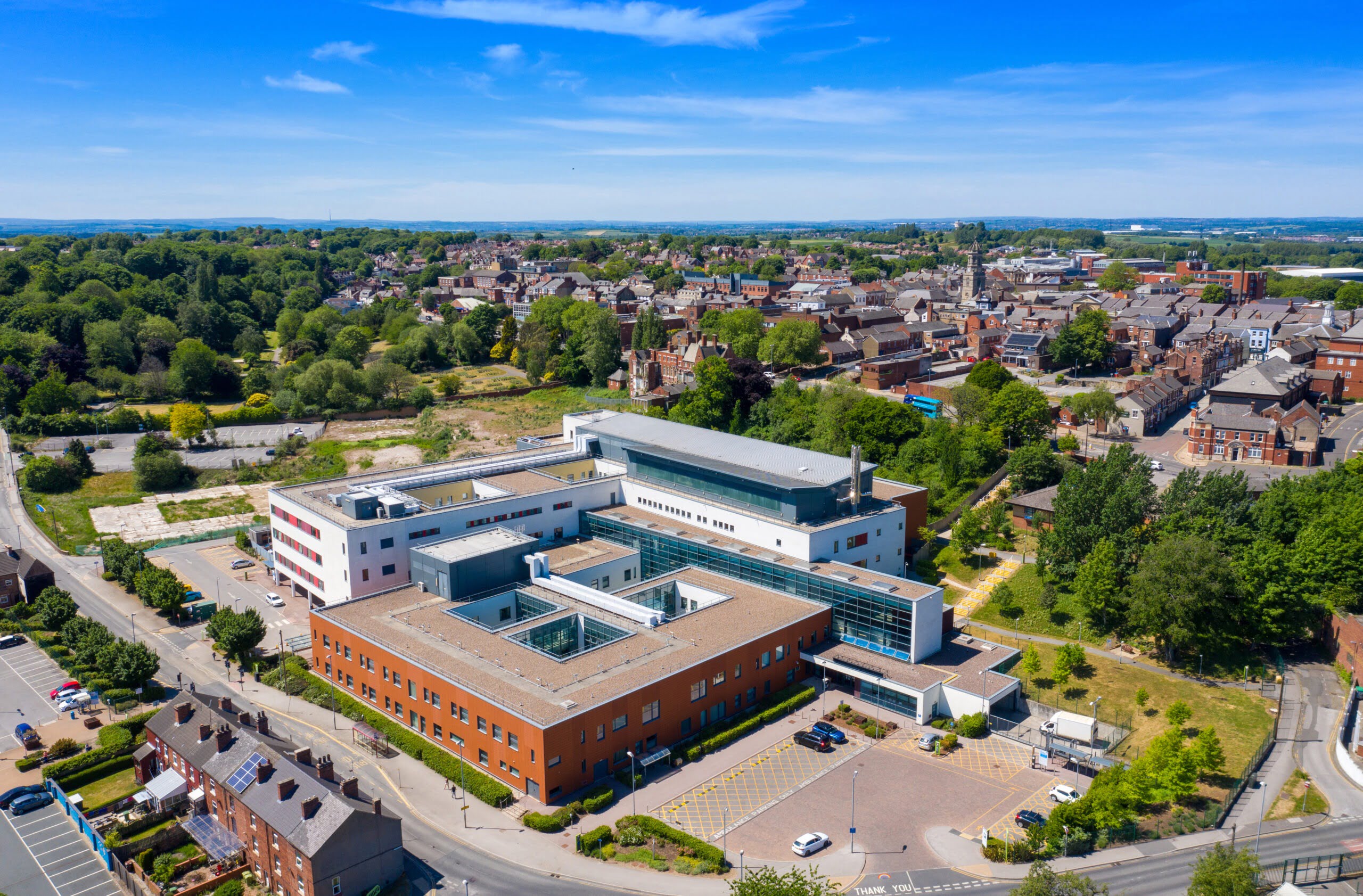
A net-zero NHS: Energy efficiency initiatives for aging sites
Energy efficiency and the decarbonisation of heat are top priorities for the NHS, especially within legacy sites.
Energy efficiency and the decarbonisation of heat are top priorities for the NHS, especially within legacy sites. Most hospitals are typically very energy inefficient, poorly insulated and use energy 24/7. Gas heating is common, often in the form of Combined Heat and Power, with backup oil heating systems and diesel generators as a failsafe.
What efficiency initiatives can NHS sites put in place to better manage their energy and waste to reach their net-zero aims?
Delivering a green NHS
The NHS has pledged to be the first national health service to be net-zero carbon by 2040. Whilst they have already made some headway, there is still some way to go if they want to reach their 80% carbon reduction goal by 2028-32. This includes tackling aging sites within their portfolio, transport emissions, carbon emissions and reducing waste.
Here are some ways aging NHS sites can tackle this and meet their 2040 net-zero carbon goal.
Energy efficiency upgrades
Some of the easier energy efficiency upgrades include things like LED lighting, better building controls, improving insulation and retrofitting more efficient pumps and motors. Lighting for example accounts for nearly 5% of global CO2e emissions and installing LED technology could save NHS sites thousands in energy and carbon costs. LED lighting is one of the most ready-to-implement technologies that NHS sites can use to transition legacy sites to a low carbon future. Improving the thermal efficiency of legacy buildings requires modern insulation materials and double or triple glazing to be installed, which may entail issues with planning regulations.
On-site generation
On-site generation is helping to transform legacy NHS sites to become more carbon friendly and can be a great starting point for reducing emissions. There are many options when it comes to on-site generation from solar PV, wind, heat pumps, and more.
The NHS has already begun transforming some of their sites with on-site generation, but aging legacy sites may need additional attention. The infrastructure challenges that installing on-site generation presents can be a large hurdle to overcome for aging sites. Extensive audits and site reviews need to be carried out to scope out what on-site generation will be suitable and fit for purpose.
Battery storage
Battery storage, which can be used in conjunction with on-site generation, is another way NHS sites can become more energy efficient and resilient. Storing energy, whether that is from the grid during periods of relatively low cost or straight from on-site generation, is an effective low carbon way to power an NHS site — particularly when energy prices are soaring.
Renewable energy procurement
As part of the NHS plan to reach net-zero, in April 2020, they signed two energy contracts moving them to 100% renewable electricity. This helped them to save 37,000 tCO2e and 13% (£6.2m) in cost reduction. But can more be done?
Heat pumps are becoming increasingly popular amongst energy managers, with more options being developed all the time. The Carbon Trust found that heat pumps have the potential to deliver CO2 savings of up to 70% compared to conventional electric heating, and up to 65% compared to an ‘A’ rated gas boiler. Alongside renewable heating, heat pumps can support a reduction in running costs, increase efficiency and can be implemented in new builds and retrofitted in aging sites.
Building Energy Management System (BEMS)
Building energy management systems (BEMS) can tackle energy inefficiencies from heating to lighting based on networked sensors and granular data. Automation of building controls to achieve maximum energy efficiency can also deliver enhanced capacities in other operations and ecosystems. This approach eliminates energy waste at source, saving the site time, money and resource. BEMSs can also help you identify any areas of concern, for example, a leak or energy being used during a time when it shouldn’t. Highlighting this can help you address the issues and reduce costs and carbon.
Retrofitting
Whilst these energy initiatives contribute to carbon and waste reduction, retrofitting is essential for legacy sites. Upgrading HVAC systems by replacing pumps, fans and motors will make a building’s heating, ventilation, and air conditioning more efficient.
Having a waste strategy implemented alongside your energy reduction initiatives will bolster your net-zero efforts and help engender a net-zero culture at site. Reducing the use of single use plastics, using reusable alternatives where possible, and having dedicated food waste collections are actions that many NHS Trusts are already taking.
Working with an expert to deliver your NHS’ energy efficiency plan
It’s always better to take a whole building approach when upgrading aging legacy sites to ensure they are as energy efficient as possible. Working collaboratively across the supply chain and within the Trust itself can help the NHS reach its carbon targets quicker, especially with help from Inspired Energy. We are the leading energy and sustainability provider and work with over 130 NHS Trusts on their journey to net-zero.
See how we can help your Trust today and get in touch with our experts on 01772 689250 or email [email protected].










